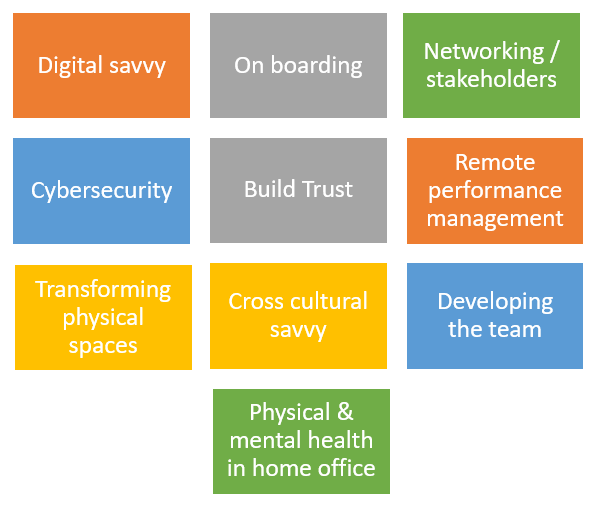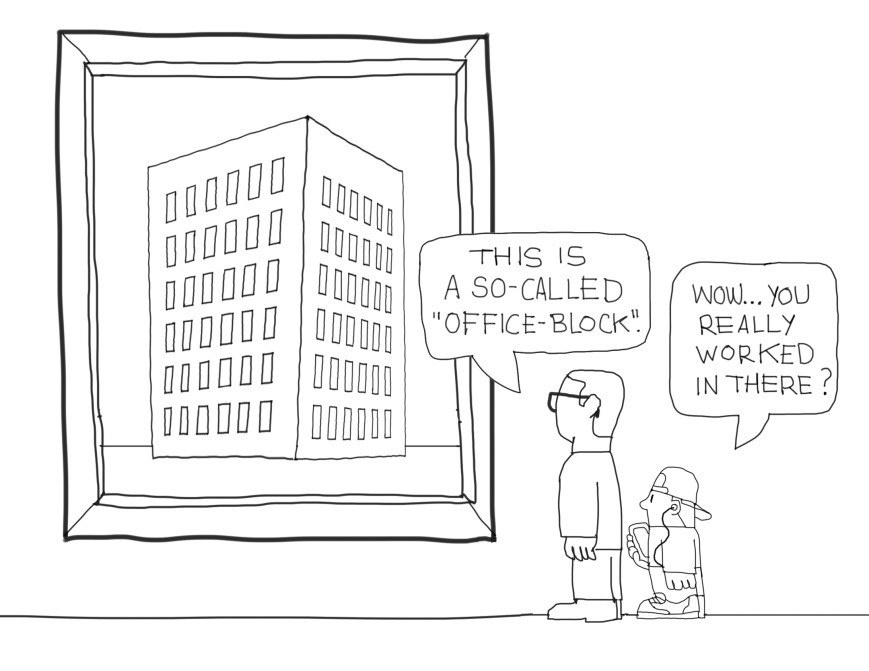On a rainy October morning last week, the radio news here in the Netherlands announced record high traffic jams during the morning rush hour. The newsreader mentioned that commuter traffic in the busy Western part of the country is back to pre-covid levels. I was shocked to hear that some large Dutch corporations require all employees to be back in the office. It is as if the benefits of remote working, both to the individual, the organisation and society have been swept away in one go.

I suspect some leaders have catapulted back to the command & control model rather than managing their employees on output and trust. Let’s hope some senior leaders have opened their minds towards the benefits of remote working and make an effort to develop a new, hybrid model, for a new era.
Last month in this blog we looked at how organisations are all over the spectrum when it comes to returning from the pandemic: from 100% back in the office to fully WFA (work from anywhere) and abandoning the whole notion of offices. In this blog, we will take a closer look at the hybrid model, somewhere in between the 2 extremes. What might the hybrid model look like?
The Microsoft 2021 Work Trend index, a study of 30.000 people in 31 countries found that 73% of respondents desire hybrid work options (more info here). Flexjobs surveyed 2100 people who worked from home during the pandemic and found that 58% would leave their jobs if they were not able to continue working from home at least some of the time (Neeley).
As far back as 2012, in the article ‘Can remote leadership be learnt’ we listed these competencies relevant for leading a dispersed team (Cune and Fogelberg)
- Using digital tools to communicate
- Remote performance management
- Building trust
- Managing across cultures
- Developing the team
- Networking
In an article in the HBR Big idea series, Tsedal Neeley shows a remarkably similar list for managing hybrid teams (Rethinking Back to Work – Sept 2021)
She adds these tasks for ‘hybrid’ leaders:
- Inclusive planning
- On boarding
- Fortifying cybersecurity
- Transforming physical spaces
From our own experience since the pandemic, I propose to add this task for leaders:
- Managing physical & mental health in the home office.

Developing the hybrid policy
The main question is how to manage this polarity: on the one hand the preferences of the workforce and on the other the core work that the organization needs to get the job done and adjust as you go along (Neeley).

First, it is important to find out about the following aspects of the workforce:
- Which tasks, according to their preference, require in person vs remote presence
- The number of remote people would like per week
- Who would relocate if they could work from anywhere
- How many employees would consider leaving the organisation if they are not satisfied with the work arrangement?
Next, develop the guidelines that best serve your organisation’s stakeholders, taking into account:
- In person days for onboarding
- Defining specific collaboration activities that are best done in person
- Enhancing connections with co-workers
- Innovation activities
The degree to which even these activities can be done remotely depends on the organisations culture, products & services. Beware of the trap that remote contacts are purely task focused and relationship-type activities are postponed until the next F2F moment. High performing remote teams are skilled at integrating relationship and task focus on the same meetings and contacts.
Keep in mind that people will resent having to go into the office to stare at a screen or be on video meetings that they could have joined from home.

It is best to allow teams some autonomy within the company guidelines.
Adjustments will be made as we go along: this is new territory for everyone, and trial and learnings are part of the journey.

Fredrik Fogelberg is a chartered Organisational Psychologist specializing in leadership development and team facilitation in international organizations. He has over 30 years of international experience in the corporate world and as a consultant.


